In this land, since ancient times, people have had the habit of planting ancient trees around temples, shrines, along village roads or along the fields. Not simply creating landscape or shade, these ancient trees also have special cultural and spiritual values, expressing respect for ancestors, gratitude to gods and folk knowledge about feng shui, farming and irrigation.
Up to now, the Thi tree has existed for more than a millennium but still stands tall between the earth and sky. The circumference of the tree trunk is about 7.96m, the rough, rugged base close to the ground has roots up to 11.5m wide. The height from base to top is up to 18.45m, five adults cannot wrap their arms around the tree. The tree has become a silent "old man" in the sacred space, but is still full of life.
A unique feature that surprises many people is that this Thi tree flowers and bears fruit every year, never having a “bad harvest”. On the same branch, the tree produces two types of fruit: round with seeds and flat without seeds, which the villagers call “Thi men”. The flowers bloom fragrantly every spring, the fruit ripens golden yellow every autumn, a precious gift from nature to many generations of Di Nau residents.
The tree trunk circumference is about 7.96m, the rough, rugged base close to the ground has wide roots up to 11.5m.
According to the elders in the village, the Thi tree has been here since the time of Dinh Bo Linh (10th century).
Not only rare because of its longevity and miraculous growth ability, the Thi tree also makes visitors from all over amazed by the magnificent "sculpture" of nature. At the base of the tree, in the southwest, at the height of a person's head, the strange wooden scrotums and lumps have created the image of a mother and baby elephants clinging to each other.
The jade eyes, the long slender trunk, every line is so naturally perfect that it is hard to believe. Not far away is the image of two other smaller elephants, like cubs huddled around their mother. The villagers still call it “a miracle of heaven and earth”. Those vivid lines were not created or carved by anyone – they were completely formed by the accumulation of time, sun, rain, wind and dust, and the strong sap of the Thi tree.
Deer image on the trunk of the fig tree.
Is it nature's message about attachment, about sacred motherly love, or is it also a symbol of loyalty, strength and sacred protection of the gods for this land?
Two years ago, a big storm hit Tam Nong, strong winds caused the Thi tree to tilt and many branches to fall off. The whole Di Nau village was shocked. Many people could not help but grieve as if their relatives had been in trouble. The old and the young all flocked to Dien Bac, joined hands to dig holes, build concrete pillars to support the tree trunk, and preserve the Thi tree for future generations.
People support the fig tree after the storm
Mr. Ta Dinh Hap (88 years old, who has many years of research on historical relics of Di Nau village) recounted: “The Thi tree is not only an ancient tree, but also a part of the soul of the village. Looking at the tree hurts, and people also hurt. Keeping the tree means keeping the memories, keeping the roots of the homeland”.
Mr. Ta Dinh Hap - who has many years of research on historical relics of Di Nau village, introduces the ancient banyan tree located in the relic grounds.
And so, after the storm, the Thi tree was revived. Under its canopy, children still played, adults still stopped to rest, visitors still came to admire and burn incense respectfully before the temple of Duc Thanh Tan Vien. The Thi tree continued to grow, still bloomed, and bore fruit - as proof of the everlasting vitality of folk culture and the strong belief in its origin.
It is necessary to have specific and timely measures to protect, restore, research and widely promote the image of the ancient Thi tree in Di Nau. Not only as a "thousand-year-old tree", but also as a living "cultural witness", contributing to preserving the Vietnamese soul from the most simple things.
Bao Nhu
Source: https://baophutho.vn/cay-thi-ngan-nam-tuoi-chung-nhan-song-cua-mot-lang-que-232781.htm


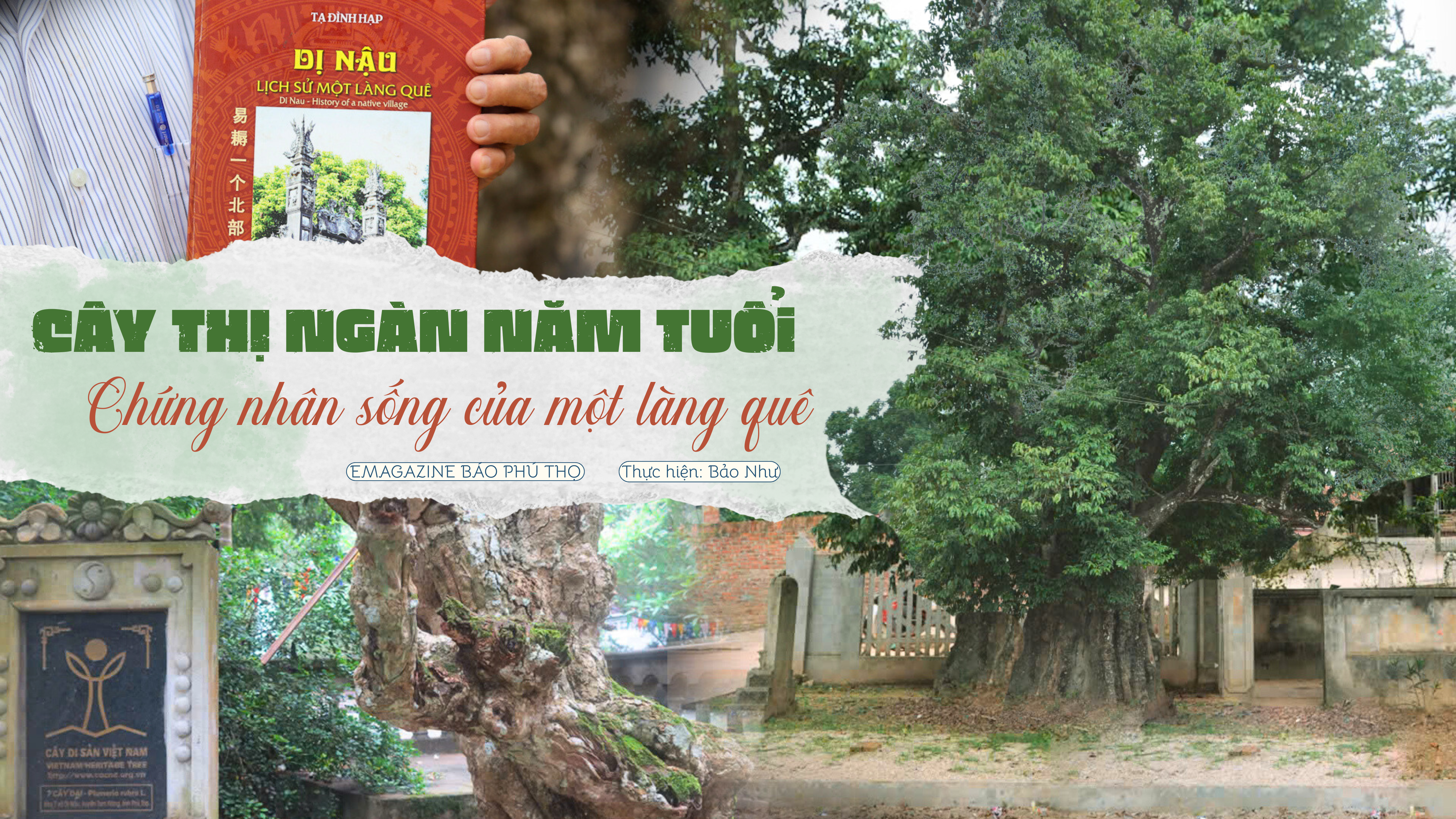

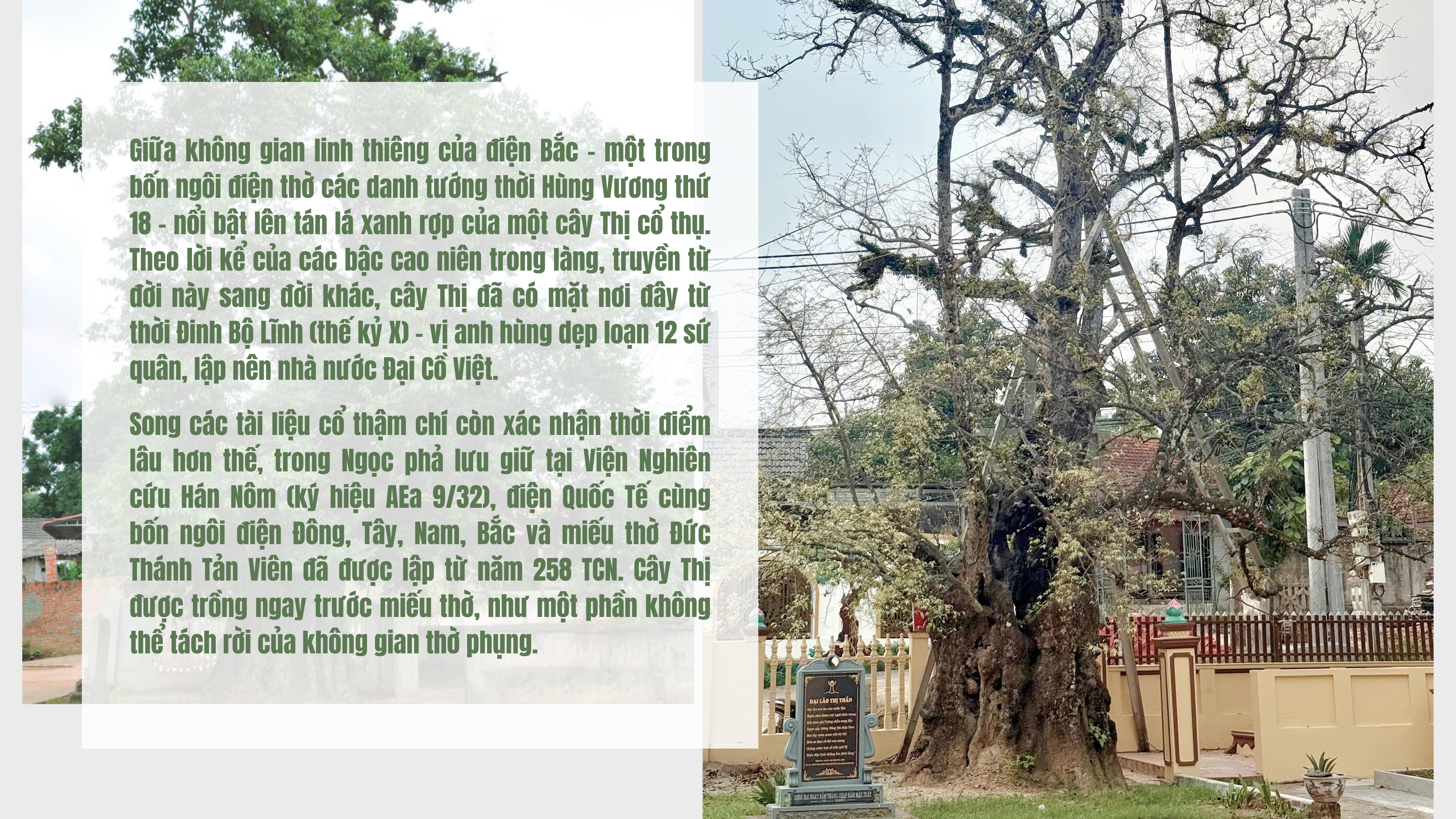
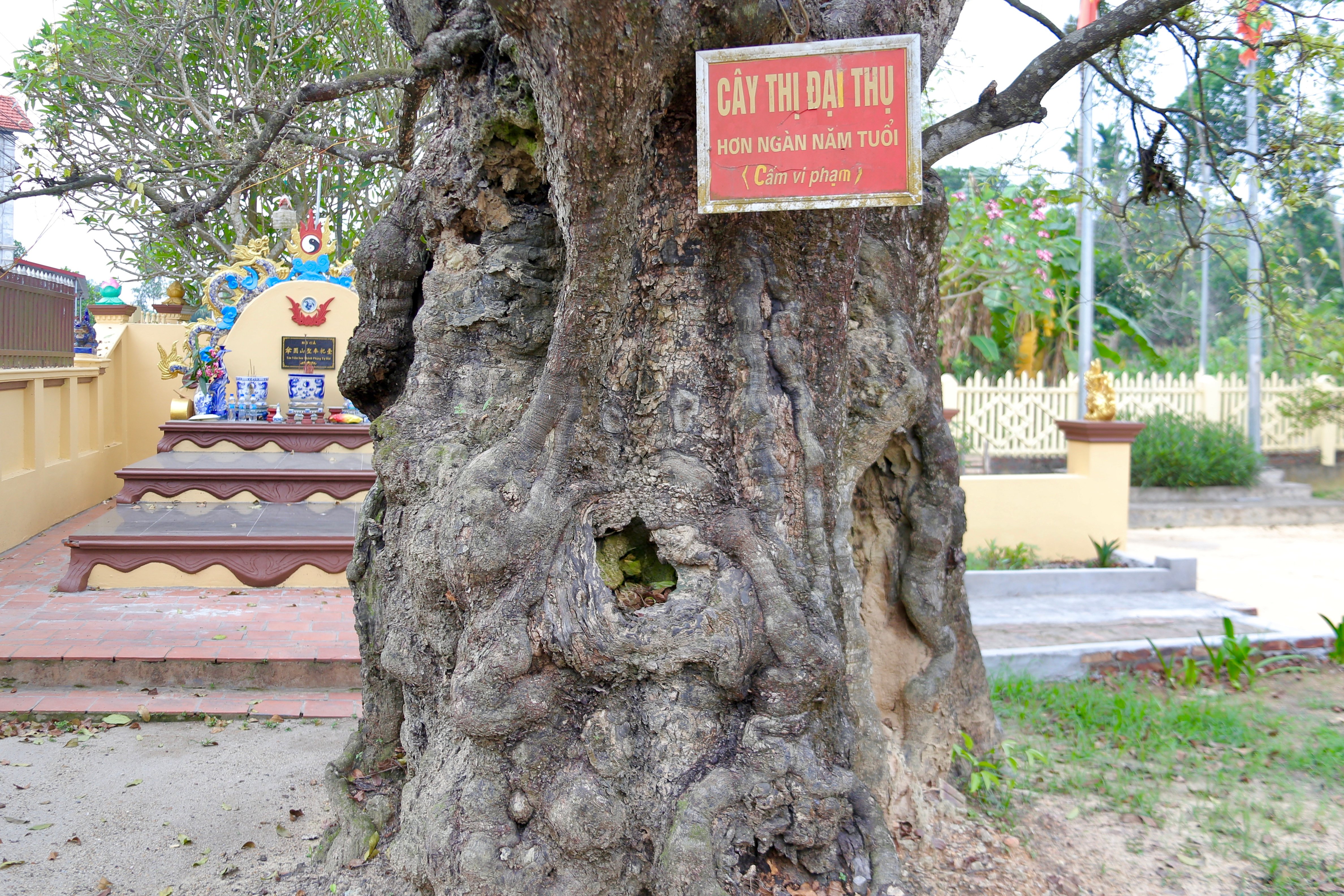
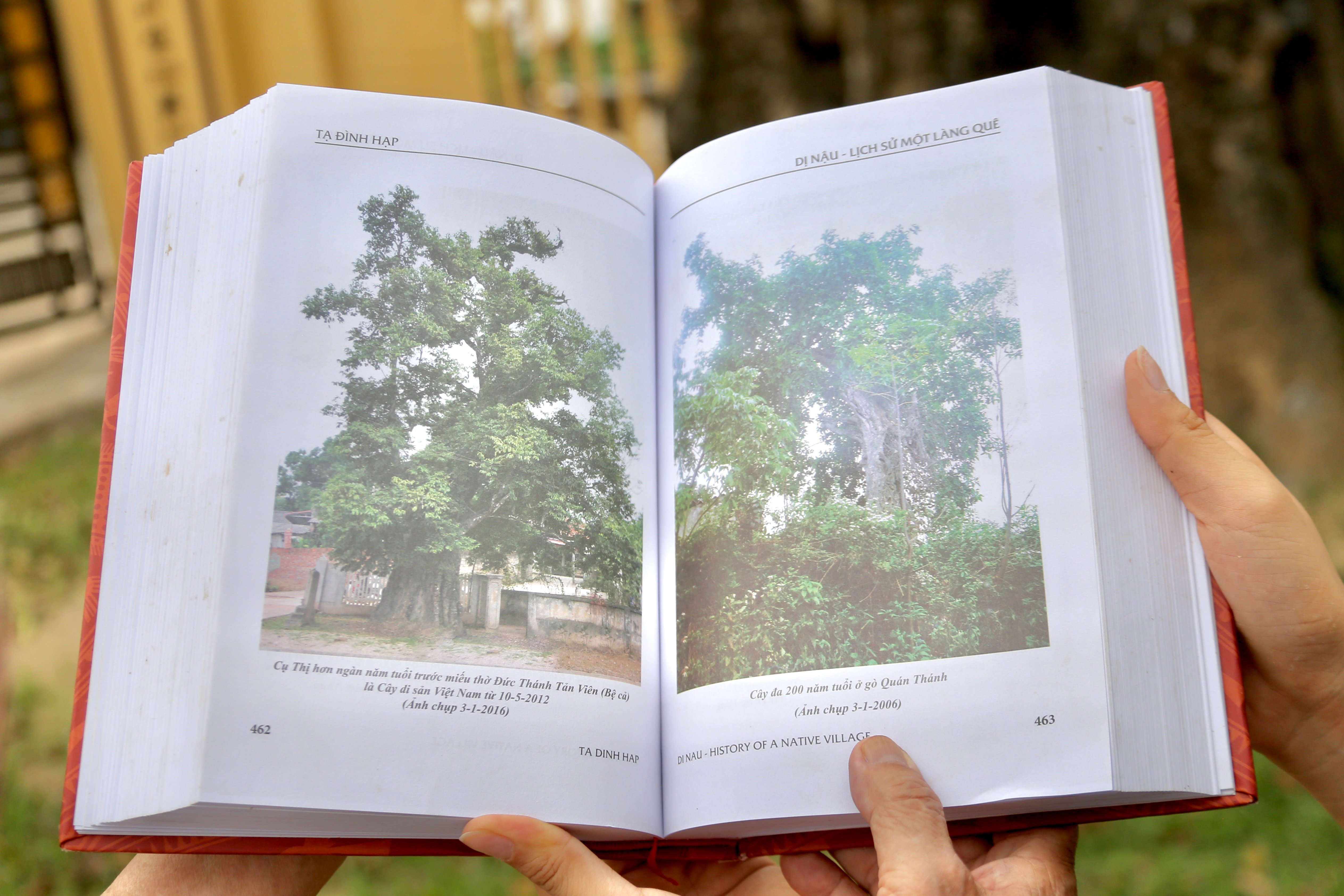
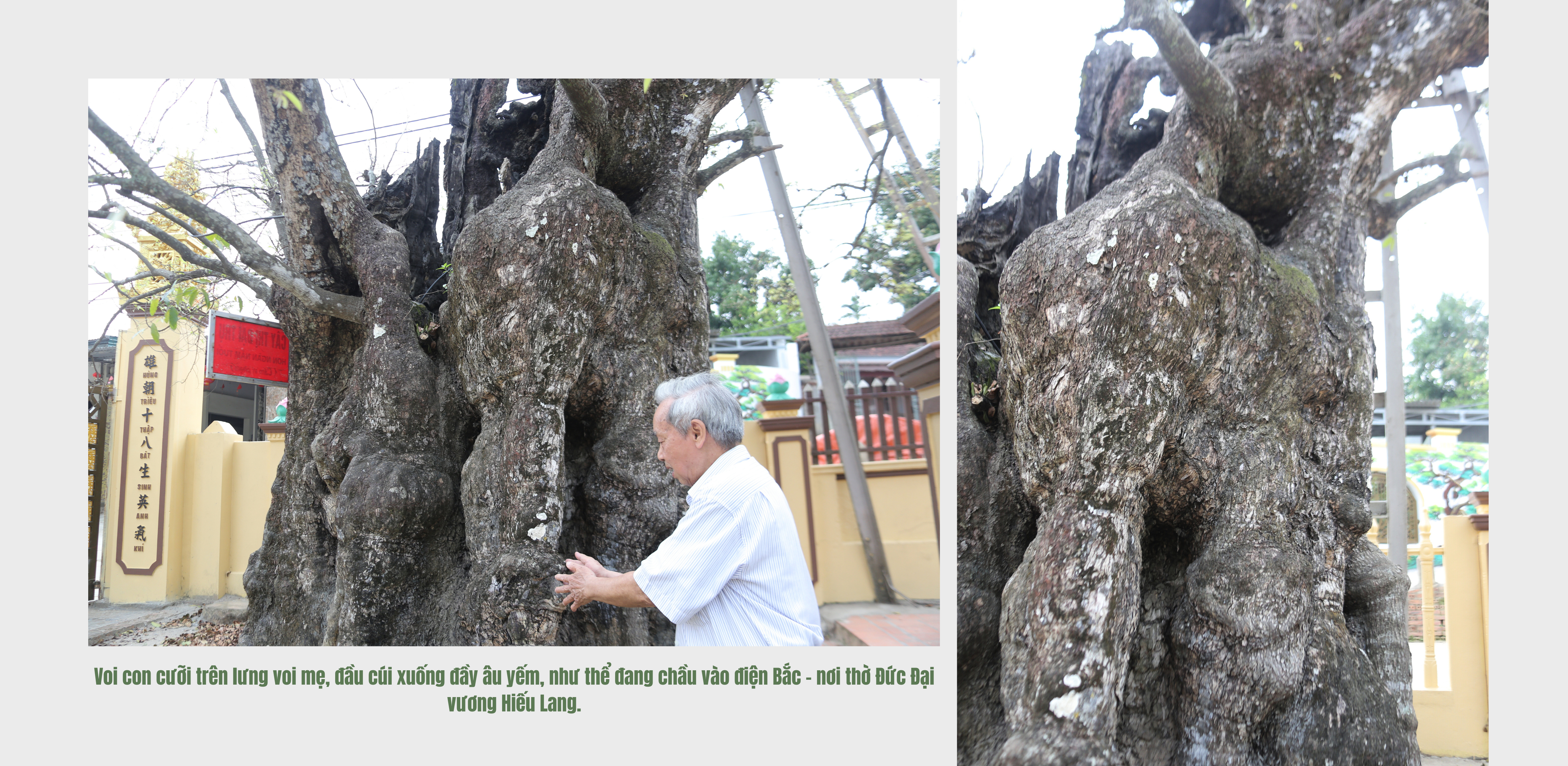
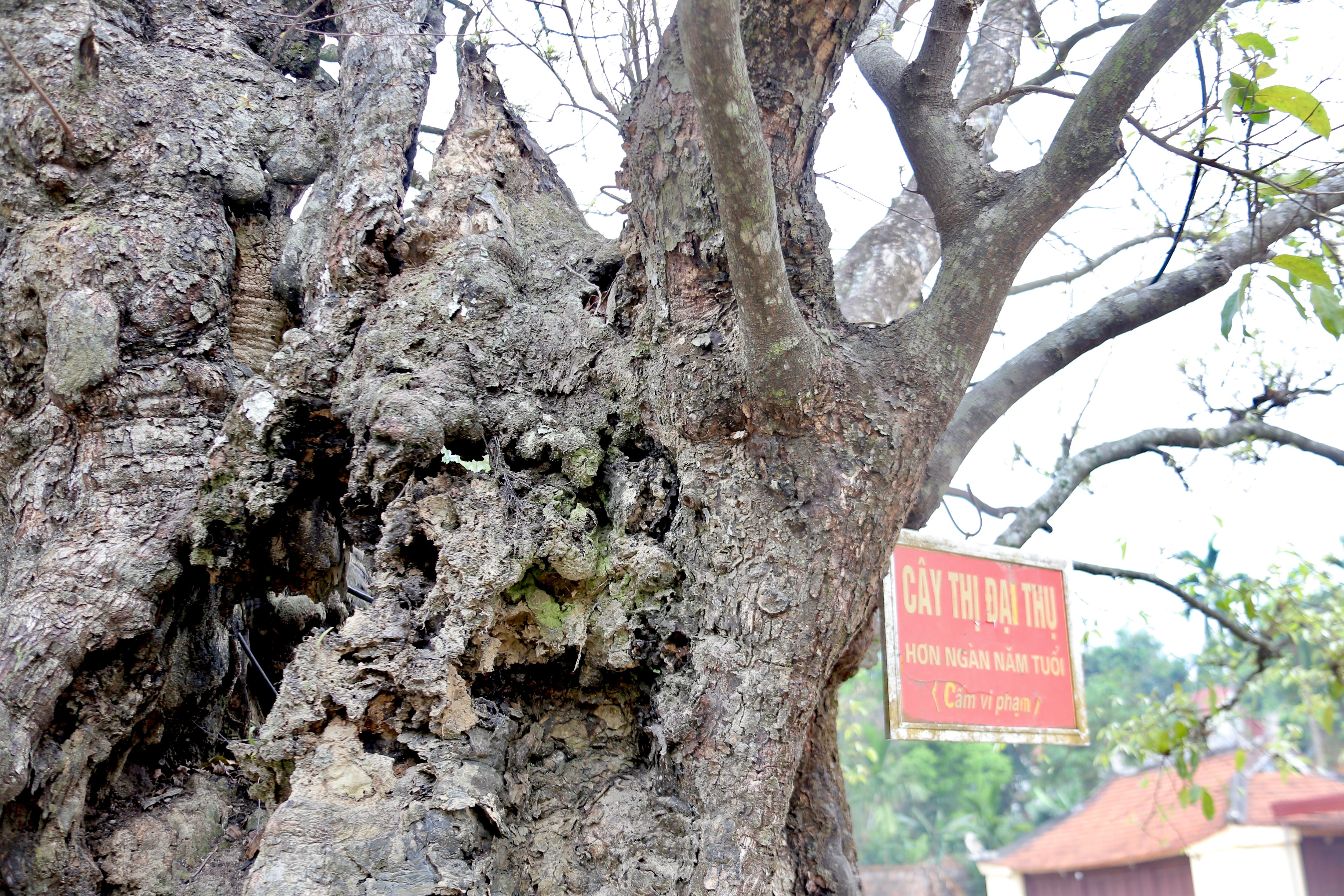


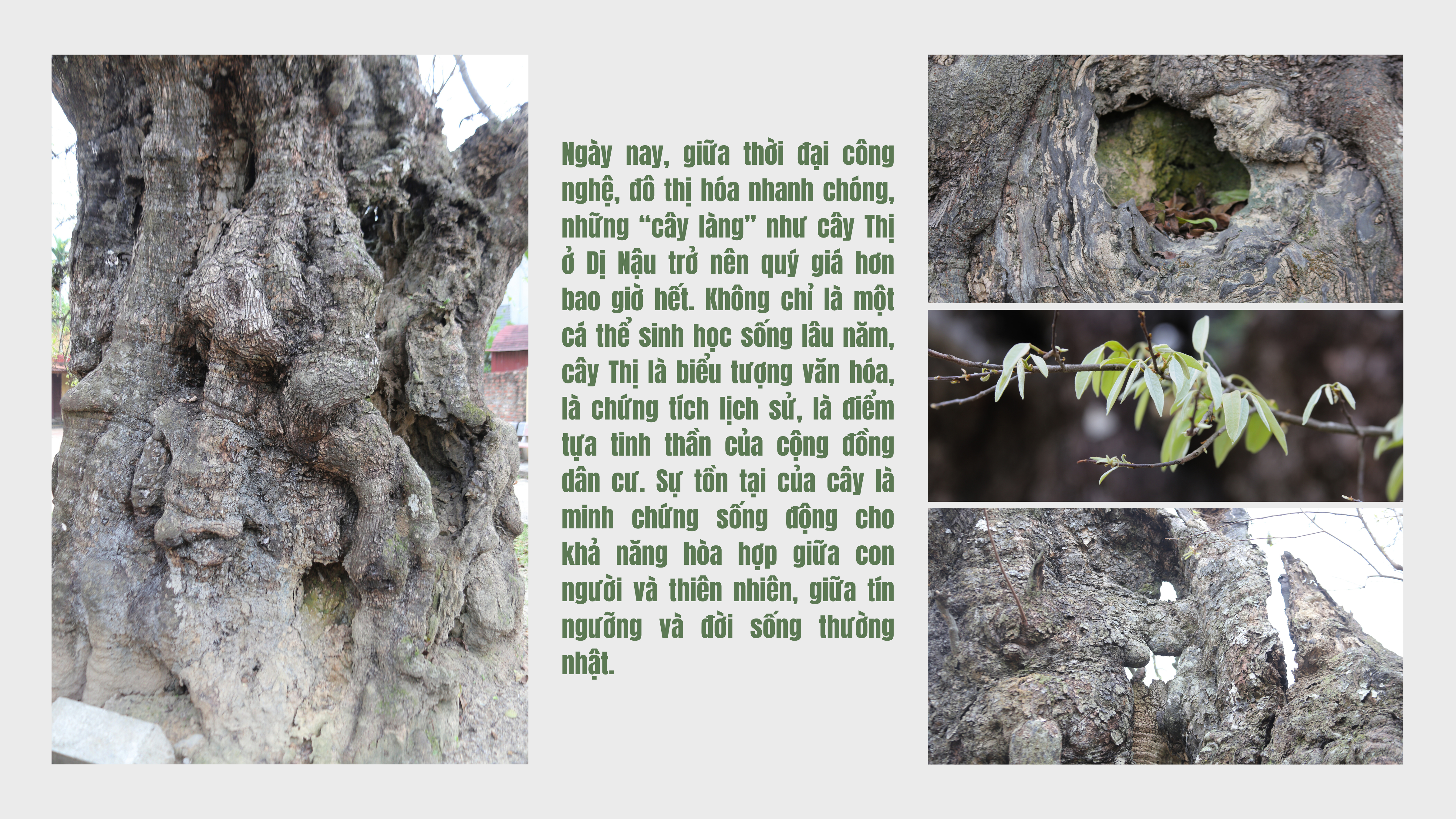























































![[Maritime News] Treasury Department Targets Diverse Networks Facilitating Iran's Oil Trade](https://vphoto.vietnam.vn/thumb/402x226/vietnam/resource/IMAGE/2025/7/14/43150a0498234eeb8b127905d27f00b6)
















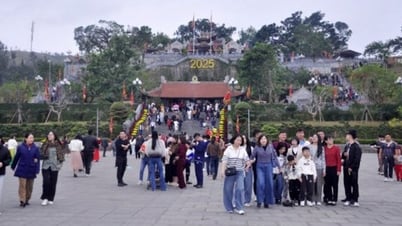

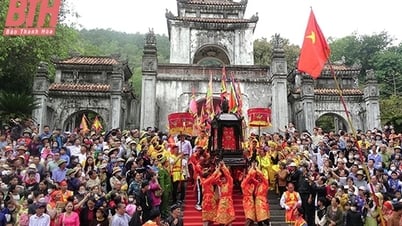









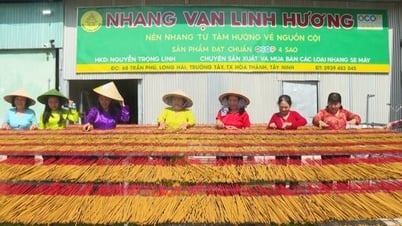













Comment (0)